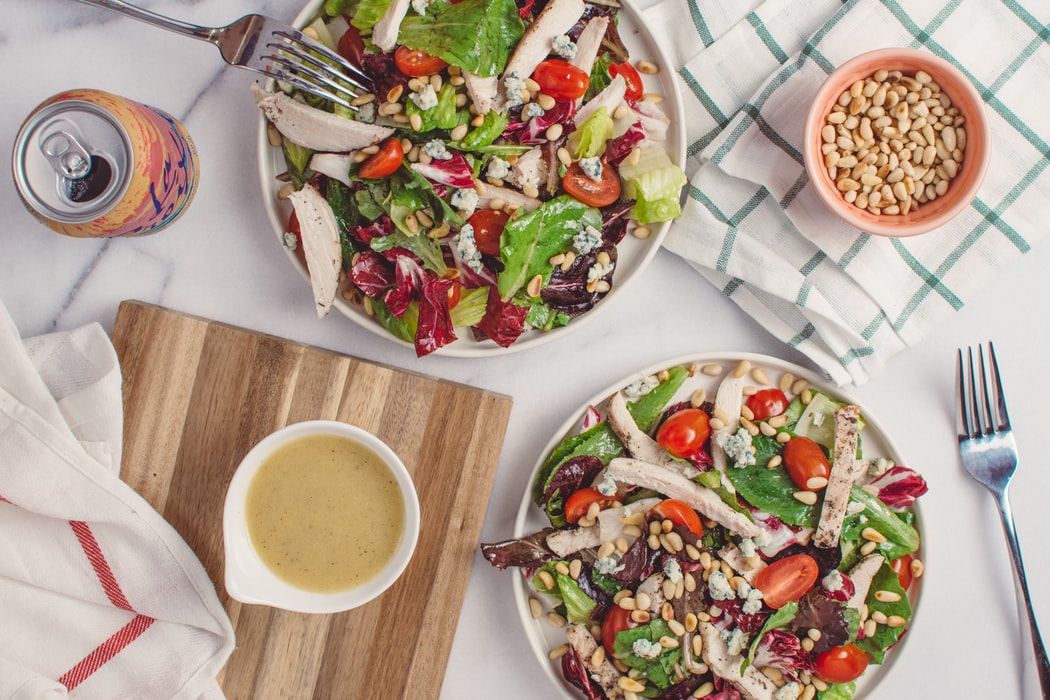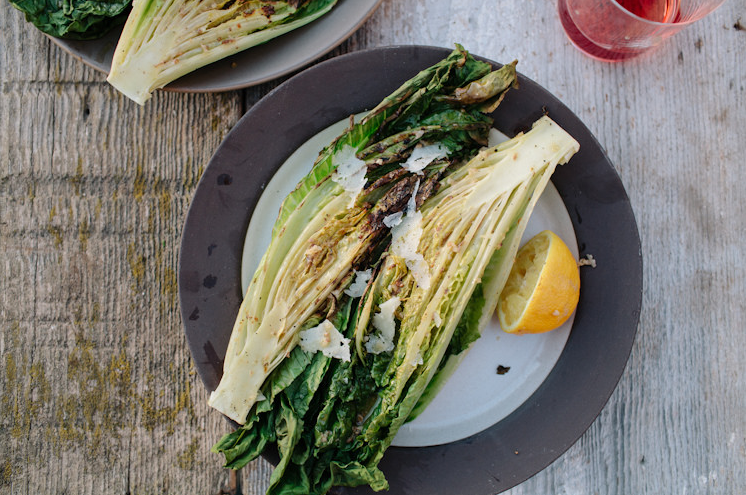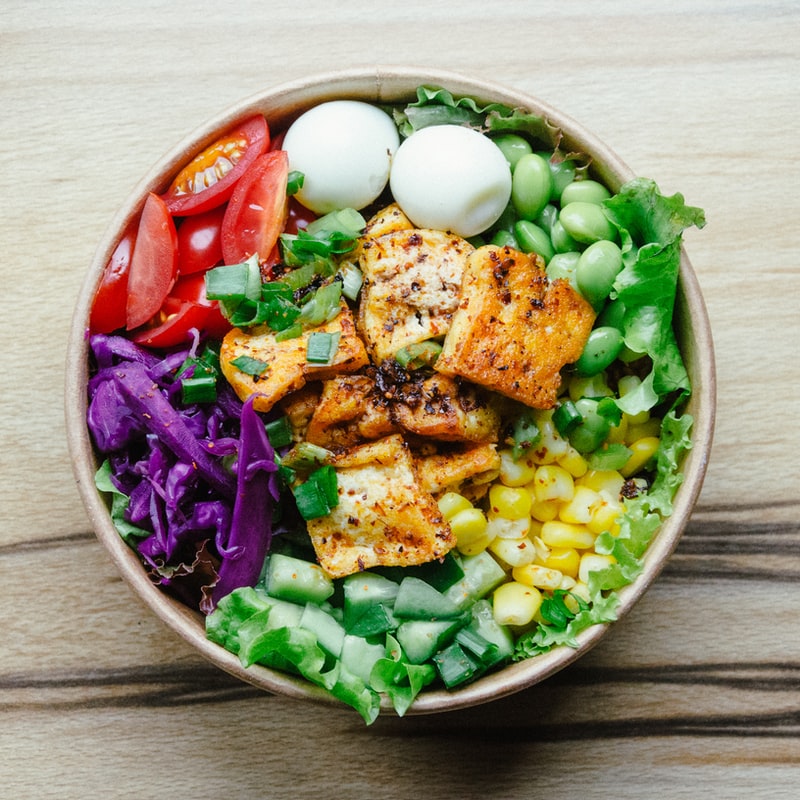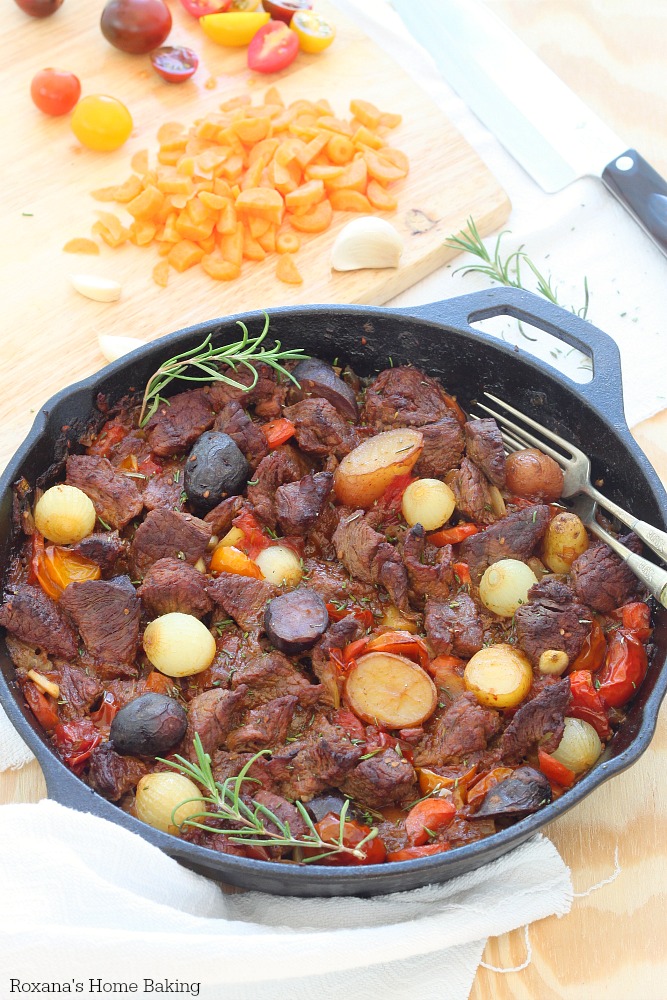9 Ways to Cook & Eat Sustainably at Home

If you want to lower your everyday life’s impact on the environment, then your kitchen is a great place to start!
 Photos By: Unsplash
Photos By: Unsplash
From buying produce to cooking and storing leftovers, with the help of some simple changes, you can make a difference. Sustainable cooking is not just beneficial for the planet but can also help you expand your culinary skills and save money in the long run. Here are some easy ways you can cook and eat in an environmentally-conscious manner. Take a look.
Meal Plan Before Grocery Shopping
Instead of overbuying produce and watching them wilt away before you can cook them, start meal planning before grocery shopping. This way, you will buy only what you need. Also, it’s a good practice to carry a reusable grocery shopping bag and keep a few in your car at all times.
Shop Local & Seasonal
Going to your neighborhood supermarket or ordering groceries online is incredibly convenient, especially if you’re extremely busy. But if possible, visit farmer’s markets to buy produce. Furthermore, make it a habit to buy seasonal produce. Local and seasonal produce is more nutritious as well as flavorful.
Store Groceries Properly
Every fruit, vegetable, dairy product, and other pantry goods should be stored properly to prolong their shelf life. You can’t chuck everything into the fridge and call it a day. Certain vegetables like celery, carrots, and broccoli should be stored in plastic bags or containers in the fridge. On the other hand, onions, apples, and garlic don’t need to be refrigerated. You should also put your deep freezer to better use. Do you have bananas that are turning brown? Freeze and use them in smoothies. Is the loaf of bread going to go bad soon? Freeze and use it within six months.

Reuse Leftovers
Refrain from throwing away leftovers. You can easily reuse last night’s rice to make delicious fried rice or burrito for lunch. Find creative ways to repurpose leftovers. And if they’ve gone bad, you can still compost them.
Invest in Energy-Efficient Appliances
Kitchen appliances are some of the most used appliances in the house. That’s why you should invest in energy-efficient appliances, which will help you reduce your electricity usage and enjoy long-run energy savings. You can further lower your carbon footprint by switching to a green energy plan. Compare and find the best energy provider offering renewable energy plans in your area.
Use High-Quality Cookware
High-quality cookware ensures your food cooks evenly and also makes cleaning up easy. It’s also a good idea to invest in something like a crockpot or pressure cooker. Using those, you can make scrumptious one-pot meals without wasting too much energy. If you’ve noticed a spike in your energy bills, check out Red Energy reviews to find a competitively priced plan for your home.
Use All Parts of Produce
The ends, peels, and trimmings of fruits and vegetables are rich with nutrition. Instead of letting these go to waste, you can refrigerate vegetables trimming and use it to make flavorsome stock. You can put other trimmings in the compost.

Grow Your Own Herbs
If you have space in your backyard, you can try growing your own produce. And in case you live in an apartment, you can still grow herbs that will taste a thousand times better than any pre-packaged stuff you can buy.
Incorporate Legumes & Grains
Legumes and grains are extremely nutritious and affordable. And the best part is their shelf life. Many dried beans, grains, and pulses can stay good for years.
Final Words
These are just a few easy ways you can practice sustainability in your everyday life. Cooking and eating sustainably can be your way of helping the environment! Give it a try.







Leave a Comment